Living Beyond Breast Cancer

Living Beyond Breast Cancer
- onco
- July 15, 2022
Breast cancer
Breast cancer is a disease in which the breast cells multiply uncontrollably. Breast cancer manifests itself in a variety of ways. The type of breast cancer is determined by breast cells develop into cancer.
Breast cancer can develop in a variety of regions of the breast. A breast comprises three main parts: lobules, connective tissue and ducts. Lobules are the glands that produce milk. Milk is transported to the breast via ducts. The connective tissue, composed of fatty and fibrous tissue, envelops and binds everything together.
Causes
According to doctors, the aberrant growth of some breast cells causes breast cancer. These cells multiply and divide more quickly than healthy cells, generating a bulk or lump. Cells can spread (metastasize) through your breast to reach your lymph nodes or other regions of your body.
Breast cancer typically develops from cells in the ducts that produce milk (invasive ductal carcinoma). Breast cancer can also start in other cells or tissues within the breast, including the glandular tissue known as lobules (invasive lobular carcinoma).
According to research, the risk of breast cancer may be increased by hormonal, behavioral, and environmental variables. However, it is unclear why some people with risk factors never get cancer while others do. A complicated relationship between your environment and genetic composition leads to breast cancer.
Prevention
Lowering the risk of breast cancer in women with a typical risk
Adjustments to your everyday routine may lower your risk of developing breast cancer. Try to:
- Consult your physician on breast cancer screening. When to start mammography and other breast cancer screening exams and tests, such as clinical breast exams, should be discussed with your doctor. Inform your doctor of the advantages and disadvantages of screening. You and your partner can choose the breast cancer screening methods that are best for you.
- Learn about your breasts by performing a breast self-exam to raise breast awareness. Occasionally checking their breasts during a breast self-exam might help women get to know their breasts and develop breast awareness. If you discover any lumps, new changes, or other unusual symptoms in your breasts, contact your doctor straight once.
- Breast cancer cannot be prevented, but increasing your awareness of it can help you recognize any odd signs and symptoms and better comprehend the typical changes your breasts go through.
- If you do consume alcohol, do it in moderation. If you choose to drink, keep your alcohol intake to no more than one drink per day.
- Try to work out most days of the week. And also be engaged for 30 minutes a day. Ask your doctor if you can resume exercise if you haven’t been active recently, and start cautiously.
- Don’t overdo postmenopausal hormone replacement. Combination hormone therapy may increase the risk of breast cancer. Discuss the advantages and hazards of hormone therapy with your doctor.
- Some women go through menopause with troubling signs and symptoms. For these women, the increased risk of breast cancer may be acceptable in exchange for reducing menopause symptoms.
- Use the least quantity of hormone therapy for the shortest time to lower breast cancer risk.
- Keep a healthy weight. Work to keep up a healthy weight if you have one. If necessary, seek guidance from your doctor on acceptable weight-loss measures. It would help if you ate fewer calories each day and gradually increased your workout.
Pick a balanced diet. Breast cancer risk may be lower in women who follow a Mediterranean diet that includes extra-virgin olive oil and mixed nuts. Most foods that make up the Mediterranean diet are plant-based, including fruits, vegetables, whole grains, legumes, and nuts. People who consume a Mediterranean diet prefer fish to red meat and healthy fats like olive oil to butter.
Recent Posts
-
Can Testicular Cancer affect fertility?
April 23, 2025
-
Why are Breast Cancer Cases Increasing Around the World?
April 17, 2025
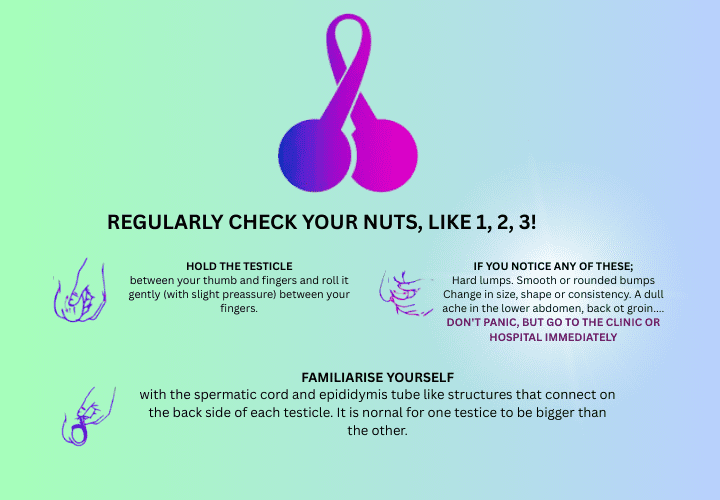
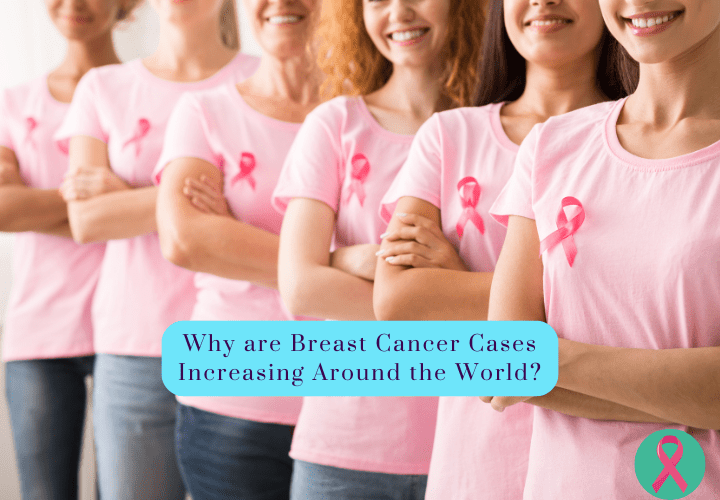
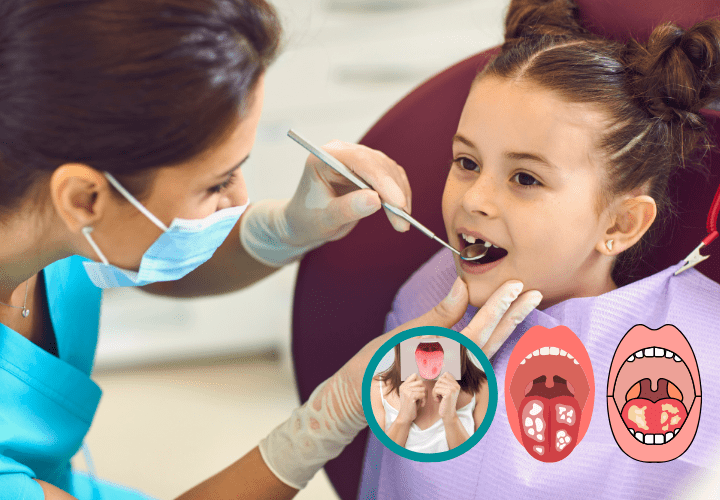
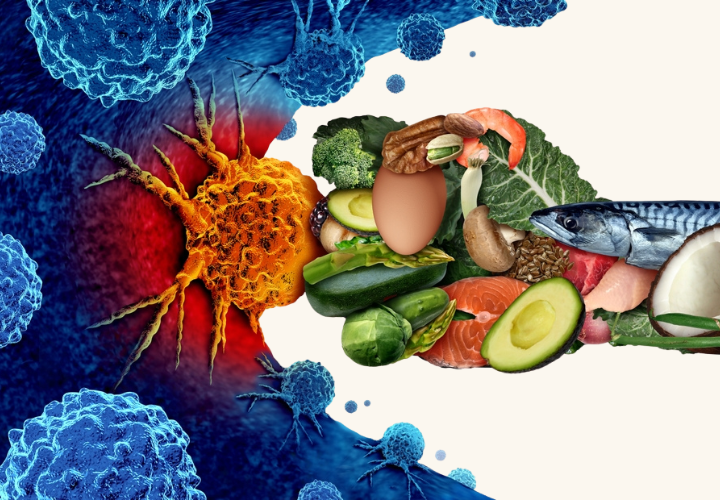
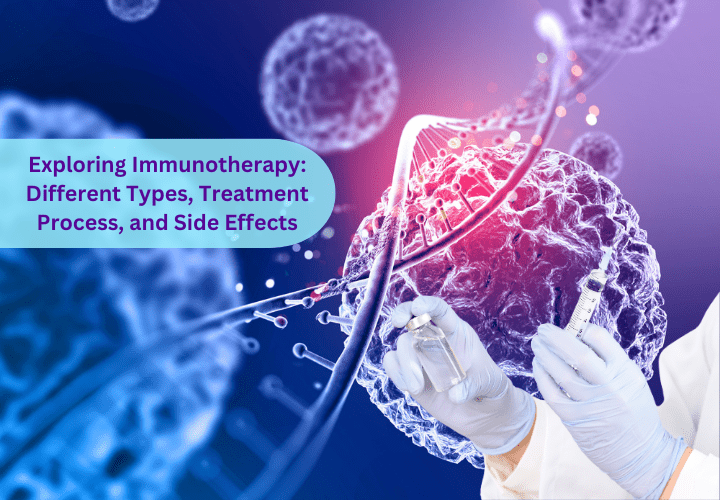
Leave a Reply